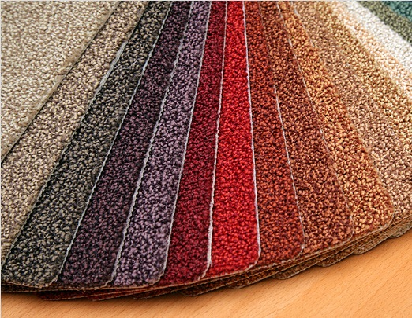Which antiseptic to choose for wood processing
Good afternoon. I want to make a garden path from tree cuts. What to soak? Does the type of impregnation depend on the type of wood?
Valentine
Expert Answer
Good afternoon, valentine.
Paths made of logs of roundwood are an excellent opportunity to equip the pedestrian zones of a suburban area with a minimum of investment. All that is needed for the construction of paths is a few tree trunks, a chainsaw and simple garden tools like shovels, rammers and carts for transporting soil.
Most often, for the construction of such paths, hardwood is used - oak, beech, hornbeam, larch, etc. Trunks of pear, walnut, or acacia cut during the arrangement of the site are also suitable. By the way, in its durability, the latter is in no way inferior to the most expensive wood species, and even in such an aggressive environment as moist soil, it can stand for more than a decade.
As practice shows, just choosing the right wood allows you to create paths that become morally obsolete much faster than insects damage them or destroy fungus and rot. If you use additional methods of protection, then in terms of durability, the resulting coating will not be inferior to the concrete screed.
First of all, care should be taken to ensure that the wood used is dry. The low moisture content will prevent biological destruction processes and allow the protective compounds to penetrate to the maximum depth. Slices cut in size are treated several times with antiseptic agents Drevogrunt, Drevoteks, Senezh-Bio, NORT, Belinka, etc. If you want to save as much as possible, then cut the wood for several hours in a solution of ferric chloride (or copper sulfate) with potassium permanganate. After the bioprotection has dried, the pieces of round timber should be treated with a composition that will prevent the penetration of moisture. You can use both factory water-repellent impregnations and compositions made with your own hands. To ensure maximum moisture protection, the bottom and side surfaces of cylindrical "building blocks" are carefully treated with tar, heating oil or boiling bitumen, and the top with good yacht varnish. The construction of the tracks can begin immediately after the varnish has dried.
Now, regarding your question regarding the selection of the optimal protective composition for a certain type of wood. You can completely bother about this. Much more important is the depth of impregnation and the solidity of the water-repellent layer, as well as which trunks of which trees will be used as feedstock.



